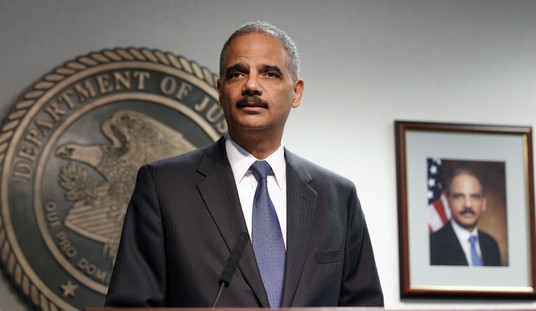The latest information on job creation doesn’t paint a very optimistic picture. We’ll start with the sunnier metric, the weekly initial jobless claims report, which shows the number of claims dropping back into the pre-holiday range:
In the week ending January 4, the advance figure for seasonally adjusted initial claims was 330,000, a decrease of 15,000 from the previous week’s revised figure of 345,000. The 4-week moving average was 349,000, a decrease of 9,750 from the previous week’s revised average of 358,750.
The advance seasonally adjusted insured unemployment rate was 2.2 percent for the week ending December 28, unchanged from the prior week’s unrevised rate. The advance number for seasonally adjusted insured unemployment during the week ending December 28 was 2,865,000, an increase of 50,000 from the preceding week’s revised level of 2,815,000. The 4-week moving average was 2,872,250, an increase of 18,750 from the preceding week’s revised average of 2,853,500.
The reporting from weeks with holidays is always a little less reliable, but this lands more or less in the range we saw in the last half of 2013. The four-week average is a little higher, but there were a couple of spikes that will work themselves out in the next two weeks, assuming another spike isn’t looming. Otherwise, this is mostly status quo — although Reuters seems to think otherwise:
The number of Americans filing new claims for unemployment benefits last week fell slightly more than expected, pointing to an economy that was continuing to gain steam.
Initial claims for state unemployment benefits declined 15,000 to a seasonally adjusted 330,000, the Labor Department said on Thursday. However, claims for the prior week were revised to show 6,000 more applications received than previously reported.
Economists polled by Reuters had expected first-time applications to fall to 335,000 last week. …
A Labor Department analyst said no states had been estimated, but noted that adjusting the data for seasonal fluctuations remained a challenge.
This metric (as I always warn) is not a very good indicator on a week-to-week basis, and it’s only correlative on a longer-range basis. Spikes and drops don’t necessarily indicate steam accumulating or dispersing, and even the four-week average is only indirectly relatable to job creation and the economy.
Gallup’s surveys are more directly applicable, and there the news is mixed at best:
The U.S. Payroll to Population employment rate (P2P), as measured by Gallup, fell to 42.9% in December, from 43.7% in November. The current rate is the lowest Gallup has measured since March 2011.
Gallup’s P2P metric estimates the percentage of the U.S. adult population aged 18 and older that is employed full time by an employer for at least 30 hours per week. P2P is not seasonally adjusted. However, because of seasonal fluctuations, year-over-year comparisons are often helpful in evaluating whether monthly changes are attributable to seasonal hiring patterns or true growth (or deterioration) in the percentage of people working full time for an employer. The P2P rate for December 2013 is down from 44.4% in December 2012 and 43.8% in December 2011, but is higher than the 42.4% of December 2010.
The most recent results are based on Gallup Daily tracking interviews with approximately 26,000 Americans, conducted Dec. 1-29 by landline and cellphone. Gallup does not count adults who are self-employed, working part time, unemployed, or out of the workforce as payroll-employed in the P2P metric.
This method mirrors that of the BLS household survey, and is much more relative to the upcoming jobs report we will see tomorrow. The drop in the payroll/population rate suggests we will see another drop in the civilian workforce participation rate, which is already at or near 36-year lows. We will probably see another large number for people moving out of the workforce, which has the statistically perverse result of lowering the U-3 unemployment rate while chronic unemployment becomes worse.
Keep an eye on tomorrow’s report for the comparison between the number of jobs added and the number of people leaving the workforce. I’d expect that to be a negative ratio, perhaps by a significant amount.








Join the conversation as a VIP Member